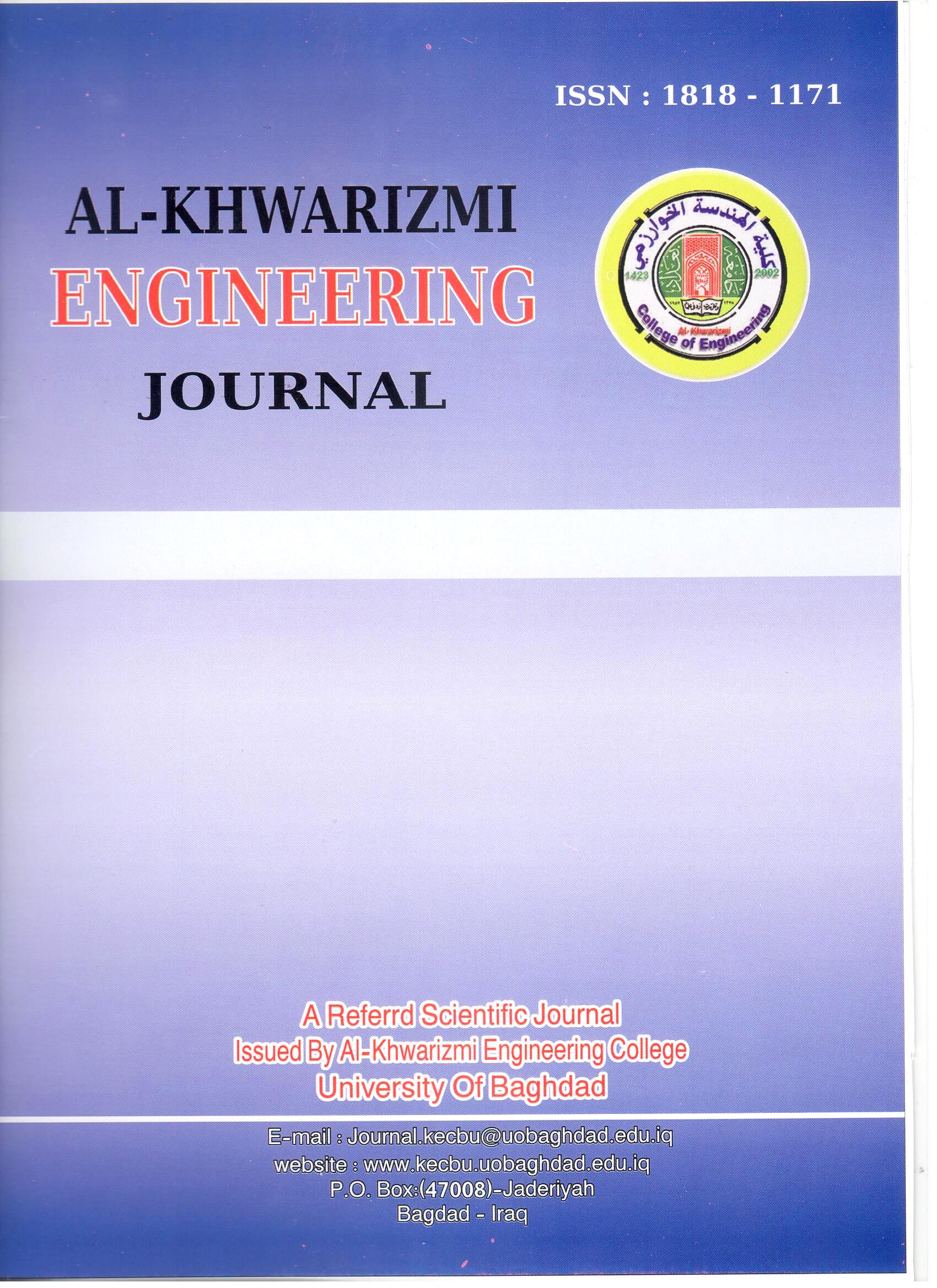The Determination of Critical-Sampling Scheme of Preprocessing for Multiwavelets Decomposition as 1st and 2nd Orders of Approximations.
Keywords:
Keyword: Discrete Multiwavelete Transform (DMWT), Inverse Discrete Multiwavelete Transform (IDMWT), Critical-Sampling, Schema of Processing.Abstract
One of the important differences between multiwavelets and scalar wavelets is that each channel in the filter bank has a vector-valued input and a vector-valued output. A scalar-valued input signal must somehow be converted into a suitable vector-valued signal. This conversion is called preprocessing. Preprocessing is a mapping process which is done by a prefilter. A postfilter just does the opposite.
The most obvious way to get two input rows from a given signal is to repeat the signal. Two rows go into the multifilter bank. This procedure is called “Repeated Row” which introduces oversampling of the data by a factor of 2.
For data compression, where one is trying to find compact transform representations for a dataset, it is imperative to find critically sampled multiwavelet transforms schemes which this paper focuses on finding a simple and easy to follow algorithm for its computation.
One famous multiwavelet filter used here is the GHM filter proposed by Geronimo, Hardian, and Massopust. The GHM basis offers a combination of orthogonality, symmetry, and compact support, which can not be achieved by any scalar wavelet basis. Using a computer program for the proposed method, an example test on Lena image is verified which shows image properties after a single level decomposition and the reconstructed image after reconstruction.
Downloads
Downloads
Published
Issue
Section
License
Copyright: Open Access authors retain the copyrights of their papers, and all open access articles are distributed under the terms of the Creative Commons Attribution License, which permits unrestricted use, distribution, and reproduction in any medium, provided that the original work is properly cited. The use of general descriptive names, trade names, trademarks, and so forth in this publication, even if not specifically identified, does not imply that these names are not protected by the relevant laws and regulations. While the advice and information in this journal are believed to be true and accurate on the date of its going to press, neither the authors, the editors, nor the publisher can accept any legal responsibility for any errors or omissions that may be made. The publisher makes no warranty, express or implied, with respect to the material contained herein.












